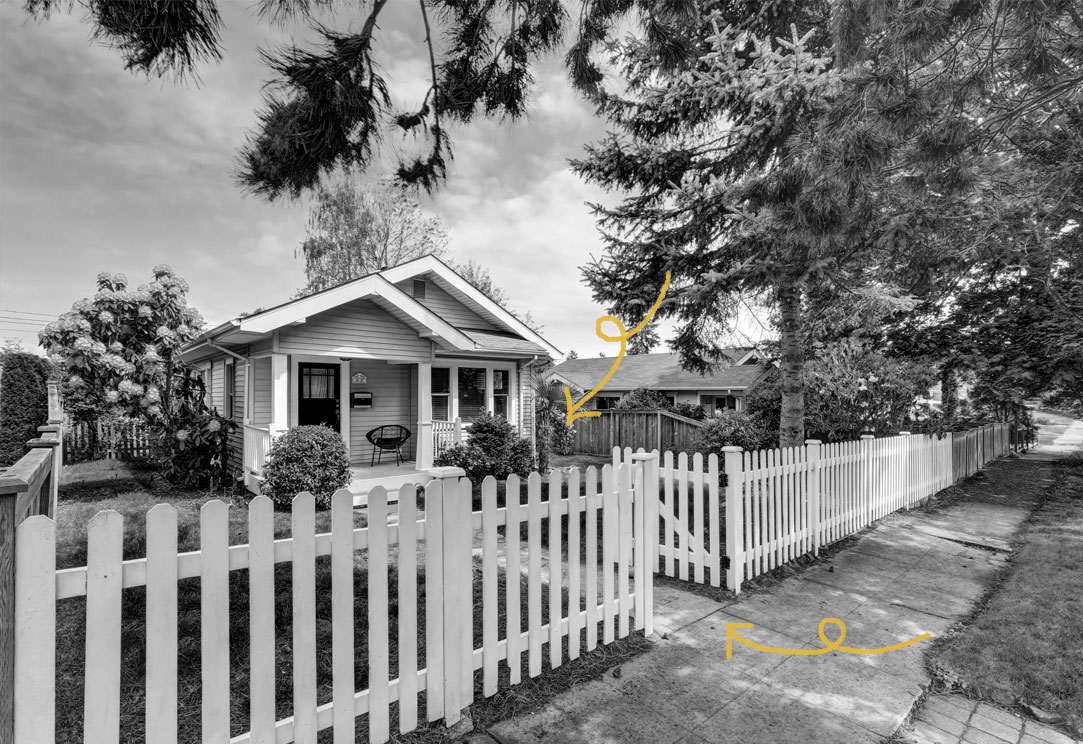According to Smithsonian Magazine, pickets (named for the French word piquet, meaning “pointed stick or board”) were originally considered a type of military gear in Old Europe; the wooden pieces were sharpened to shield archers from calvary. When the colonists came to America, they often sought to demarcate and defend land, so they installed fences made from rough pickets. These early American picket fences were typically left bare or were protected with a mixture of lime and water, which gave the pickets their characteristic white color. The Colonial Revival design movement that took hold around 1876 introduced the picket fence as a sought-after design element rather than a practical item. From that time on, white picket fences remained popular — even throughout the Great Depression, when most families couldn’t afford to paint their fences a neat white hue. In the 19th century, mass production made picket fences simultaneously more affordable and fancier, which helped make them fashionable in many parts of the country, particularly along the East Coast. While they are often associated with the 1950s and a sense of Americana due to TV shows like Leave It to Beaver and Father Knows Best, many suburbanites actually switched to using chain-link fences mid-century. This was likely done as a way of increasing security, embracing new technology, avoiding tedious upkeep, or all three. White picket fences surged in popularity again in the 1980s, when they were revived by New Urbanist developers seeking to recreate the appearance of walkable early suburbs. Today, white picket fences are one of many types of fences homeowners in America may choose to use and are often considered a symbol of the American Dream of home ownership.

Your go-to guide for weird history facts
Subscribe to the FREE daily email that makes learning about history fun.


